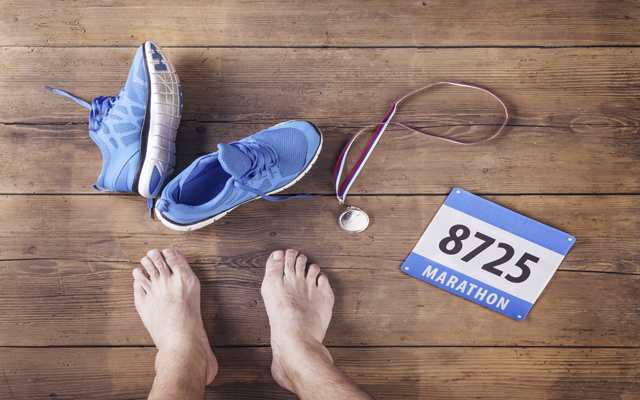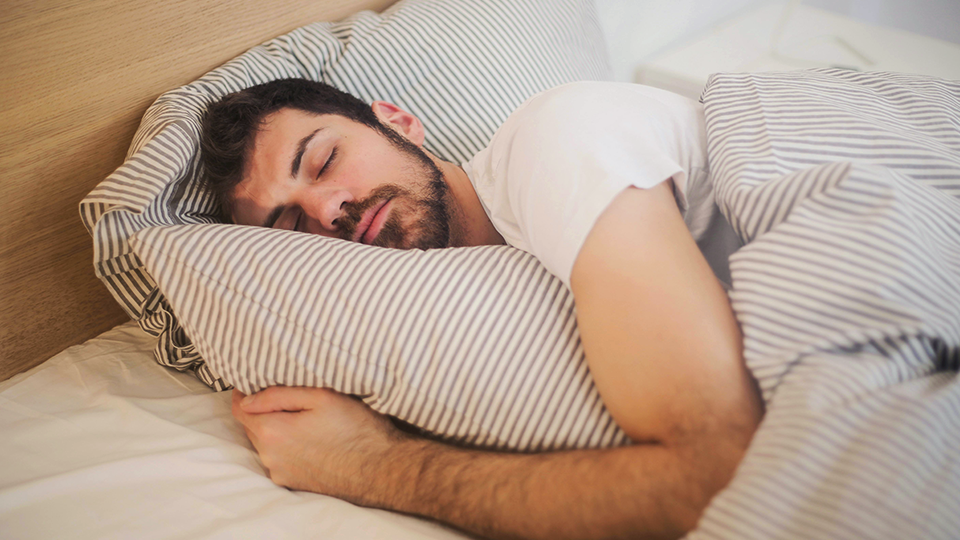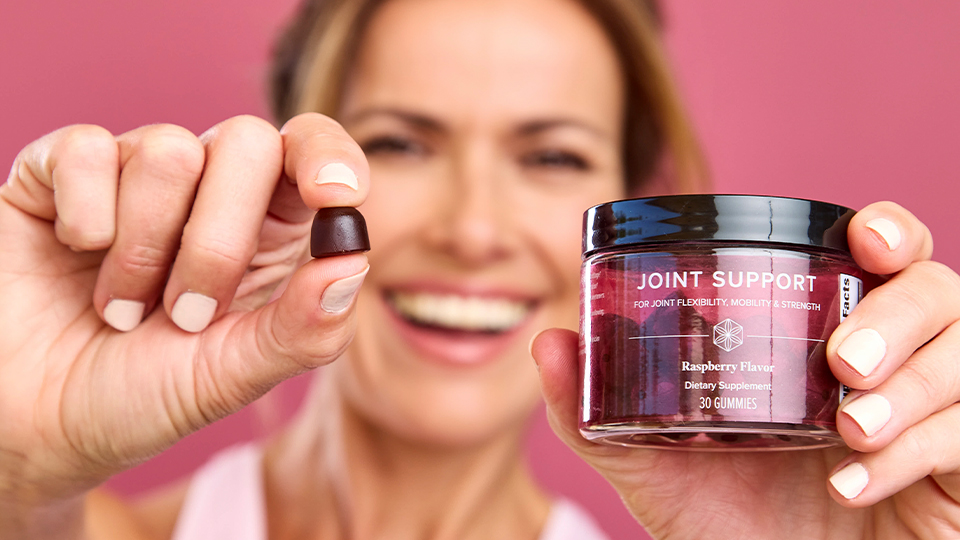Is there scientific evidence in favor of barefoot running? To answer this question, researchers assessed data from more than 500 runners and published their findings in the Journal of Sport and Health Science (1).
The researchers led by Dr. Hryvniak found that barefoot running often changes a person’s biomechanics, or the way a person runs, compared to running with shoes.
Dr. Hryvniak and investigators also confirmed that barefoot running could decrease running-related injuries. The majority of the runners surveyed for this research reported either experiencing benefits or no serious harm from barefoot running.
Other previous research found that the rate of injury in the lower body to be much higher in running with shoes(2). One study found that running-related chronic injuries to bone and connective tissue in the legs were far less likely in developing countries where more people were likely to be barefoot.
Multiple studies have shown that wearing running shoes increases the energy cost of running, making runners move more efficiently (3;4). However, foot injuries were much more common in those that wore shoes.
Running injuries are so common because running on city streets and sidewalks is tough on knees and feet. A great way to stick with running that isn’t so hard on the body is exploring alternative options like dirt trails or rubberized running tracks.
The participants in Hryvniak’s study ran more than 50 percent of their weekly mileage on city pavement. Surprisingly, the number of knee, hip, lower back, and ankle injuries decreased in barefoot runners despite not wearing shoes to act as a buffer between their feet and the pavement.
Barefoot running does appear to be safe and effective, but it has one notable drawback: increased foot pain. Half of the study participants had to take time to get used to it, Hryvniak and colleagues report.
New barefoot runners may initially experience foot and ankle pain “indicating the need to progress slowly so that the new areas of loading can adapt,” the authors concluded (1).
References
- Hryvniak D, Dicharry J, Wilder R. Barefoot running survey: Evidence from the field. Journal of Sport and Health Science 2014;3:131-6.
- Robbins SE, Hanna AM. Running-related injury prevention through barefoot adaptations. Medicine and Science in Sports and Exercise 1987;19:148-56.
- Burkett LN, Kohrt WM, Buchbinder RICH. Effects of shoes and foot orthotics on VO2 and selected frontal plane knee kinematics. Medicine and Science in Sports and Exercise 1985;17:158-63.
- Hanson NJ, Berg K, Deka P, Meendering JR, Ryan C. Oxygen cost of running barefoot vs. running shod. International Journal of Sports Medicine 2011;32:401.





